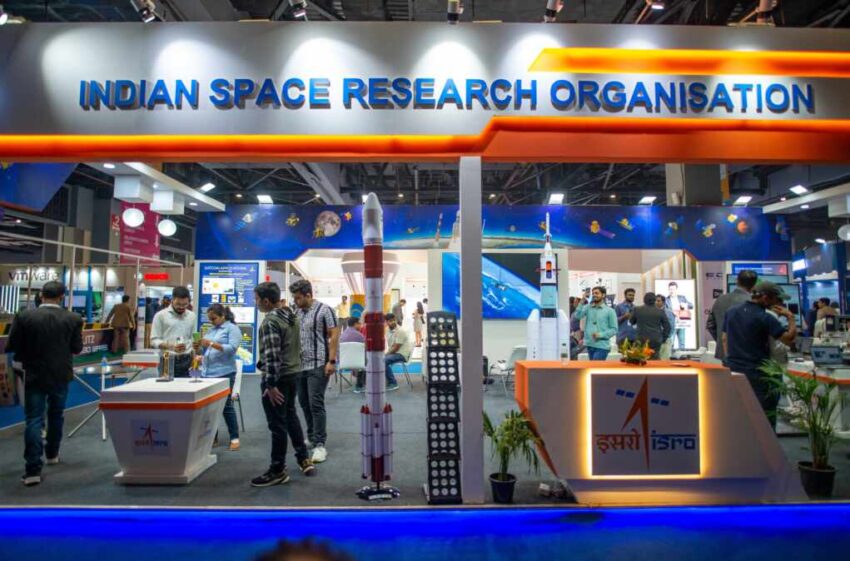India unveiled a model of the Bharatiya Antariksh Station (BAS), a planned orbital platform for research and tourism, marking its boldest step yet in human spaceflight.
At a Glance
- ISRO revealed the BAS model on August 22, 2025, during Space Day.
- The station is intended for scientific research and future tourism.
- First module launch is targeted for 2028, pending approvals and funding.
- India becomes the fourth nation to announce plans for a national space station.
India’s Next Frontier in Orbit
The Indian Space Research Organisation (ISRO) presented a physical model of the Bharatiya Antariksh Station (BAS) on Space Day, August 22, 2025. The design emphasizes dual functionality: hosting long-term scientific experiments while preparing for eventual orbital tourism. ISRO’s leadership described the project as a national milestone and an essential step in advancing India’s independent human spaceflight capability.
Watch now: India Aims To Launch Its 1st Module Of Space Station BAS By 2028: ISRO · YouTube
The planned 2028 deployment of the station’s first module aligns with earlier timelines set for India’s Gaganyaan human spaceflight mission, which is expected to validate life-support systems critical for BAS. Once operational, the station would extend India’s capacity beyond short-duration missions and place the country among a small group of nations with independent orbital facilities.
Strategic Implications and Commercial Outlook
BAS reflects a broader strategy to diversify India’s space sector. Unlike earlier programs focused solely on research or defense applications, the station introduces a commercial dimension, particularly in tourism and private-sector participation. ISRO officials indicated that early planning includes collaboration with domestic aerospace firms, which may provide modules, life-support technologies, or passenger accommodations.
International context underscores the importance of this announcement. The United States is transitioning toward privately managed orbital habitats as the International Space Station nears retirement. China has already established its Tiangong station, which it uses for both science and diplomacy. By introducing BAS, India signals its intention to remain a central player in human spaceflight at a time when orbital tourism is gaining commercial traction.
Risks and Open Questions
The initiative raises important questions about feasibility. Developing and launching modular habitats requires significant funding, estimated by independent analysts to run into several billion dollars. While ISRO has historically executed missions at a fraction of Western costs, maintaining a crewed orbital station demands ongoing investment. India’s government will need to balance these expenses against domestic priorities.
Tourism remains another uncertain factor. Spaceflight safety standards, medical screening protocols, and ticket costs could limit the market to a small number of high-net-worth individuals. Nevertheless, proponents argue that early entry into this market could give India an advantage as costs fall and orbital infrastructure becomes more common. The BAS could also generate strategic benefits by strengthening domestic aerospace capabilities and reducing reliance on foreign stations for training or experimentation.
Sources
Click this link for the original source of this article.
Author: Editor
This content is courtesy of, and owned and copyrighted by, https://deepstatetribunal.com and its author. This content is made available by use of the public RSS feed offered by the host site and is used for educational purposes only. If you are the author or represent the host site and would like this content removed now and in the future, please contact USSANews.com using the email address in the Contact page found in the website menu.





